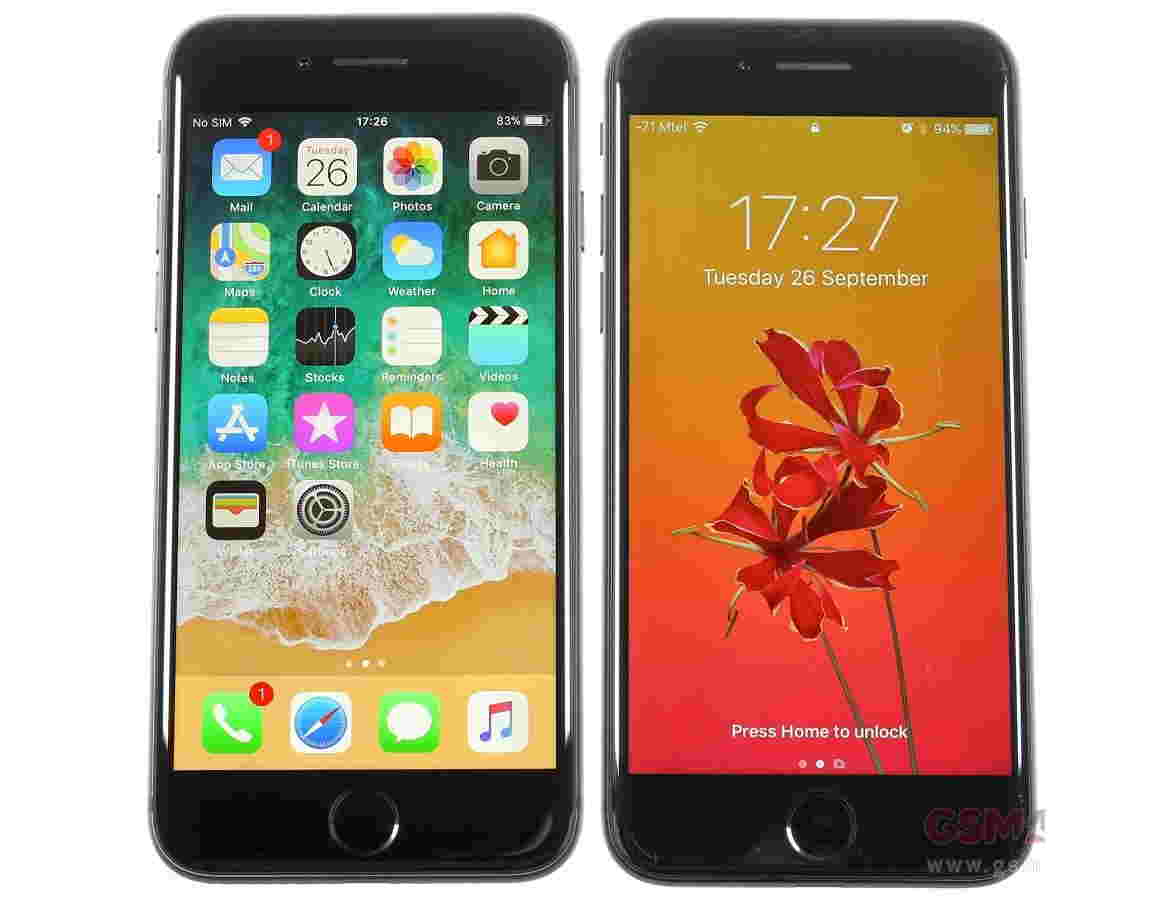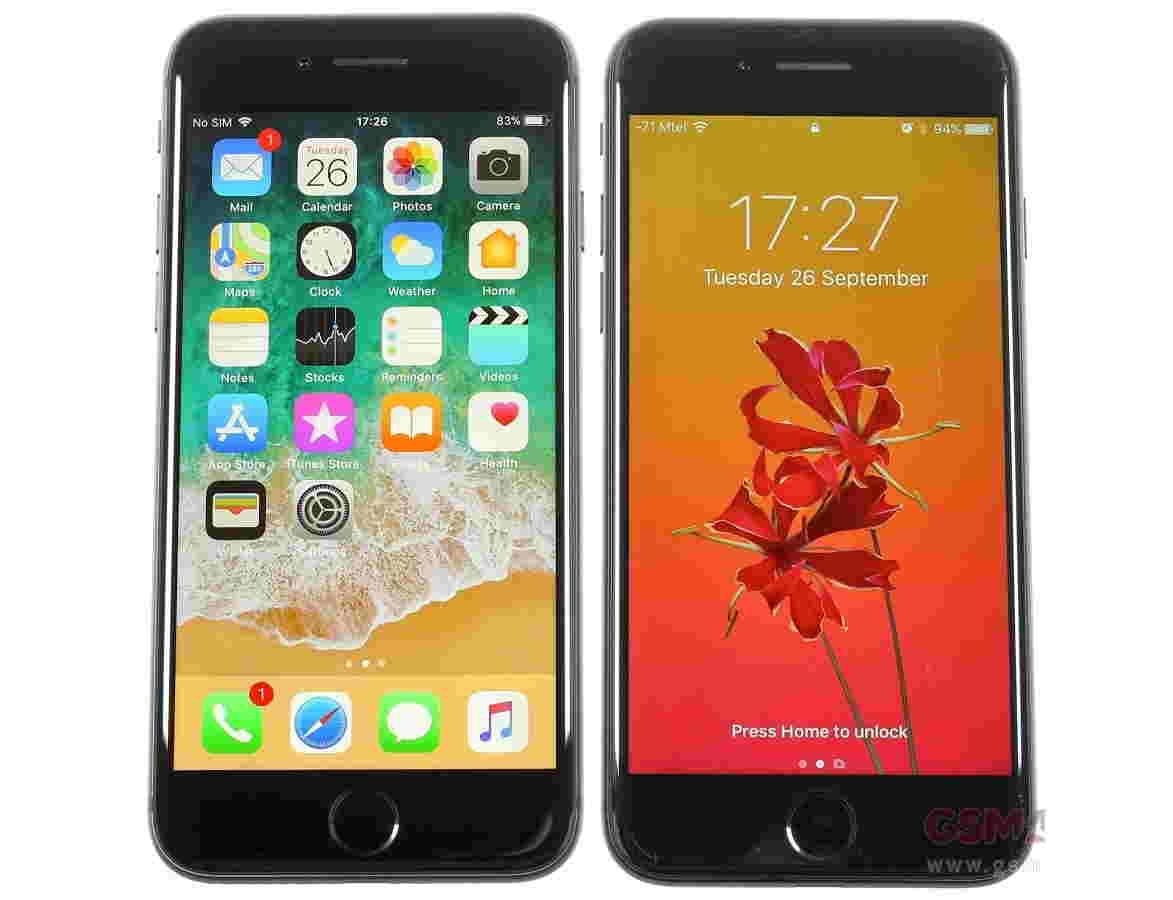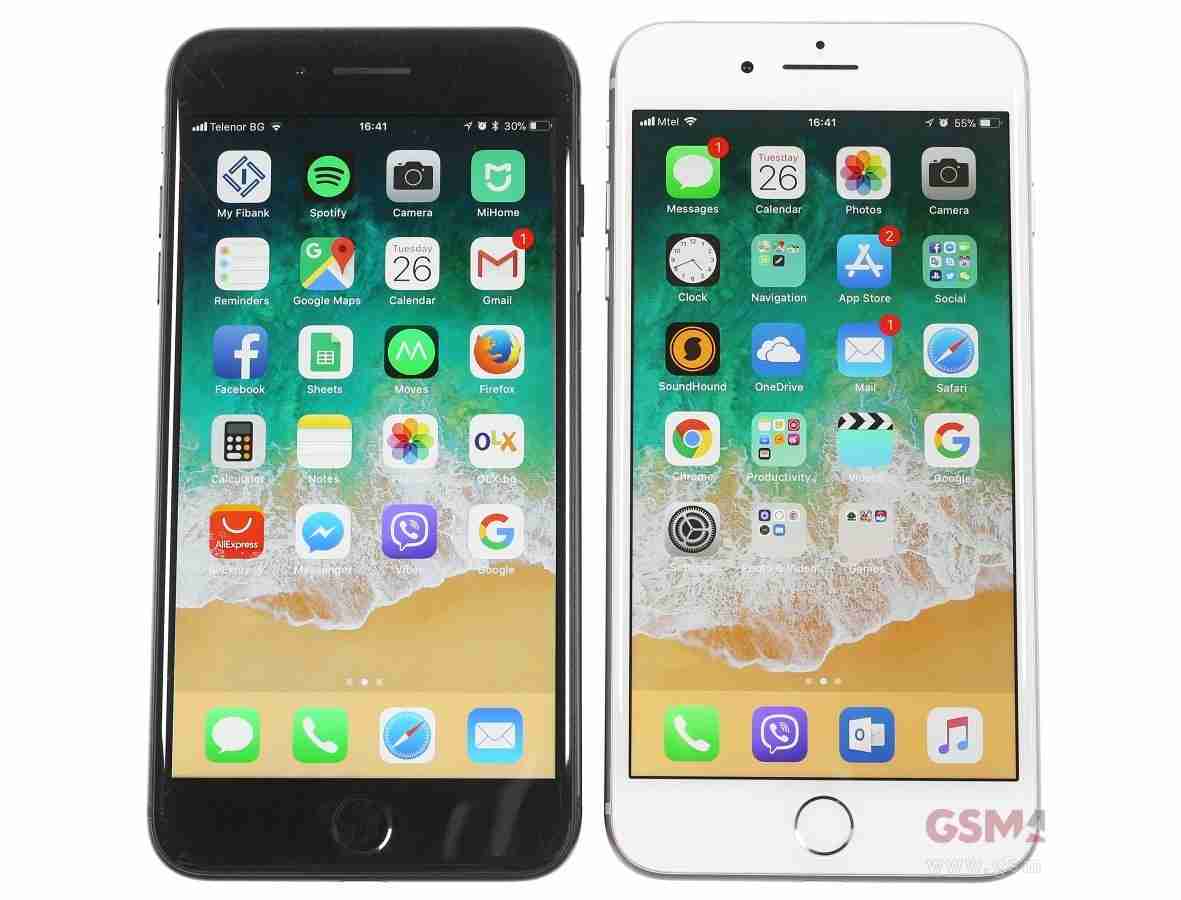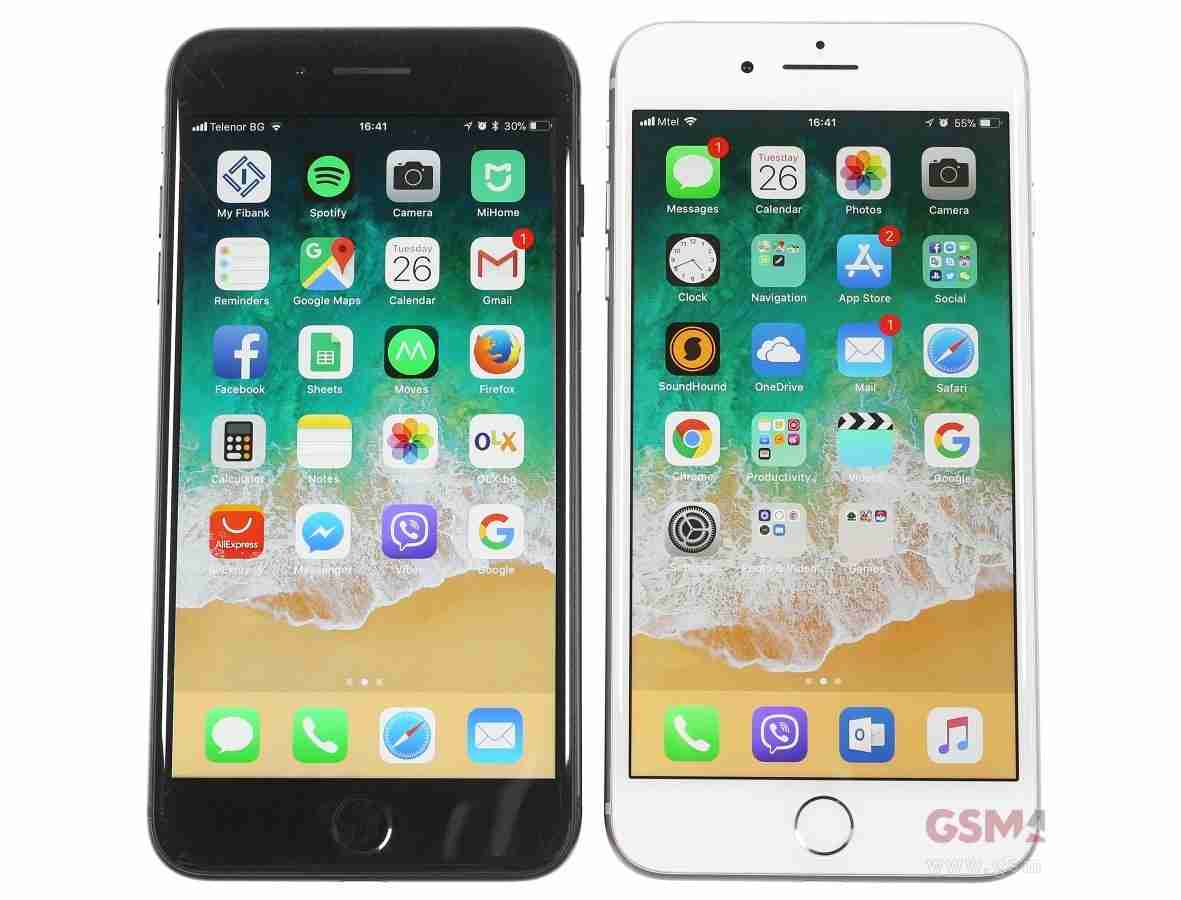
Data from LONAP shows that web traffic surged just as iOS 8 was released at 6:00 PM UK time. Traffic remained strong for several hours, with a peak at 8:00 PM in the UK as more than 70 gigabits per second were being transferred through LONAP's exchange.
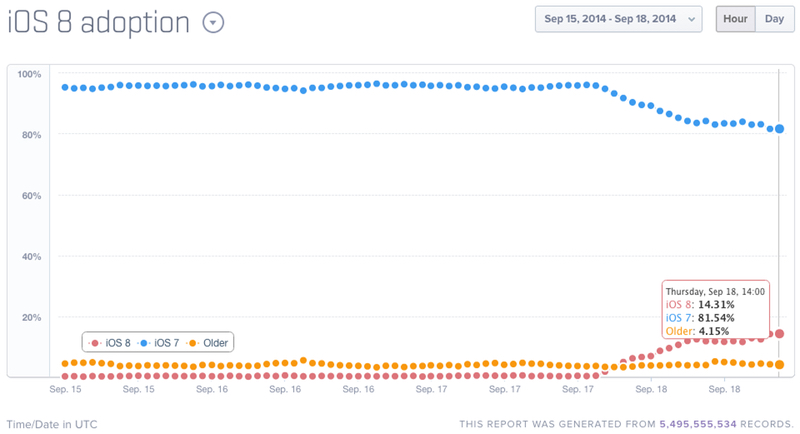
iOS 8 may have caused web traffic to briefly increase, but the first-day adoption rate of the mobile operating system is relatively low when compared to previous iOS rollouts. According to analytics firm Mixpanel, only 14 percent of the iOS devices that it tracks are currently running iOS 8. Data from mobile marketing company Fiksu shows a similar slow uptake in iOS 8 with the adoption of Apple's latest iOS version trailing the last that of the last several iOS launches.
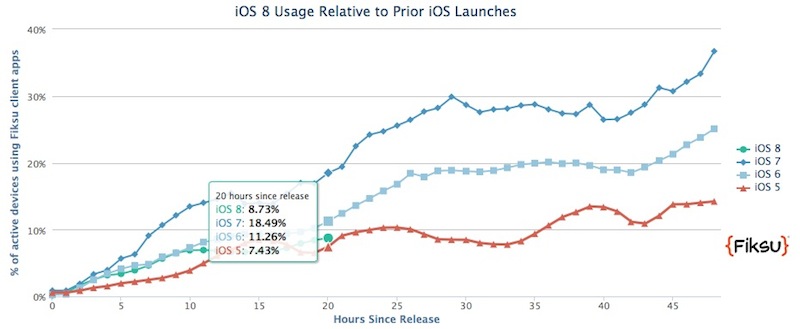
The slower update rate may be due to a record number of iPhone owners purchasing new devices. Apple sold more than four million iPhone 6 and iPhone 6 Plus units in the first 24 hours that pre-orders were available last week. Customers who are receiving a new phone in the coming weeks may delay upgrading their current device, opting instead to prepare the handset for sale.
Another factor may be the large storage size required for the over-the-air updates. Though the iOS 8 update was just over 1 GB in size, it required 4.6 GB of free storage space on an iPhone and almost 7 GB of free storage on an iPad for installation. That's almost half the free space available on a 16 GB device, forcing many owners to decide whether to delete content from their devices or install the update.








